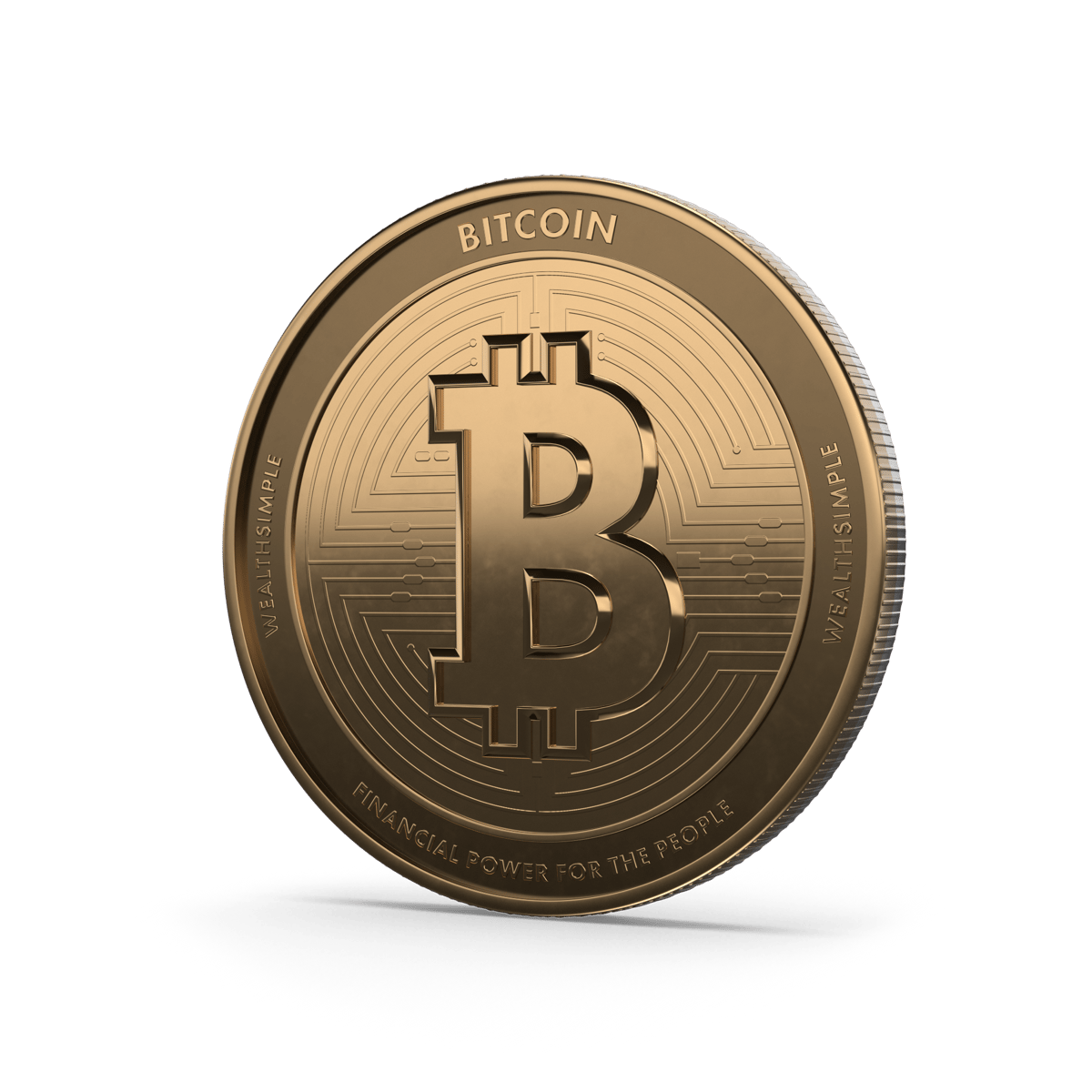Cryptocurrency
Crypto is…complicated, as we’re sure you’re aware. But it might be a useful asset to hold in your portfolio, once you understand how the blockchain works. We’ve gathered all our crypto-related advice in one spot to help you decide whether it’s a good investment for you.
Wealthsimple is investing on autopilot.
Learn more about cryptocurrency
